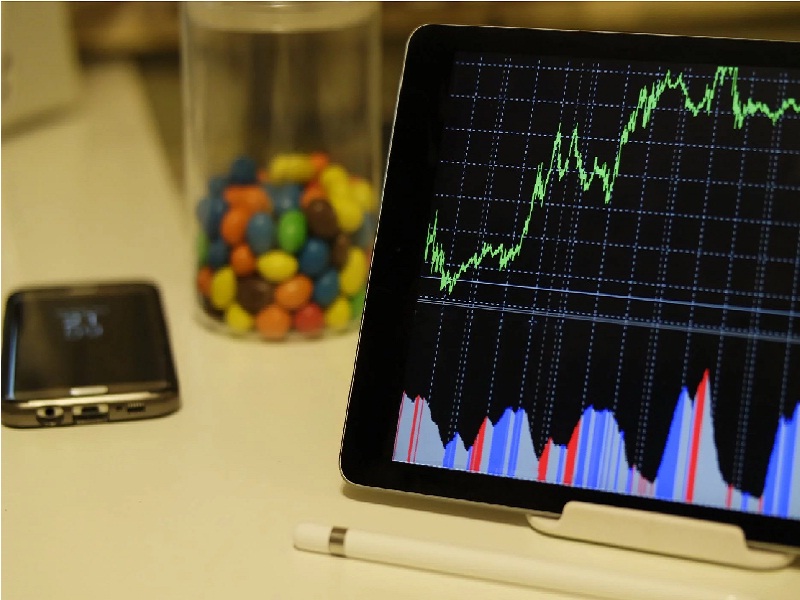Are Indian markets among worst performers globally?
Published On: Thursday, March 25, 2021 | By: Team KnowMyStock

The S&P BSE Sensex and the Nifty 50 have been among the worst-performing major frontline indices across the globe. if analysts and technical chartists are to be believed, there is still more pain left before the Indian markets start to look up again. The recent surge in Covid cases across the country, elevated commodity prices, and higher bond yields have punctured the market sentiment. From its 52-week high of 52,516.76 hits in intra-day deals on February 16, the S&P BSE Sensex has slipped over 3,000 points, or 6 percent till now. Only the ones in Turkey, Sri Lanka, the Philippines, and Hong Kong have fared worse during this period, data show. At the global level, the positive news of the $1.9 trillion fiscal stimuli in the US and the good progress of the vaccine campaign got overshadowed by the adverse effects of a rebound in the US dollar and rising US bond yields.
Given the US dollar’s role as the primary international reserve currency, US market volatility will affect overall global risk sentiment and tighten liquidity conditions in emerging markets (EMs).
The Indian equity market, some experts said, has been pricing in a lot of positives and may see some further consolidation.
Among sectors, banks have taken it on the chin. The S&P BSE BANKEX has been the worst performer among the lot, slipping nearly 11 percent since the Sensex hit its 52-week high on February 16. Auto, realty, capital goods, and healthcare indices, too, have lost 5 percent to 9.5 percent on the BSE during this period, ACE Equity data show.
Technical parameters, too, are not supportive. Nearly after six months, the S&P BSE Sensex has shown a decisive breakdown below the 50-day moving average (DMA) on the technical charts, placed at 50,055 levels. A failure to conquer the 50-DMA may accelerate the selling pressure that can see the index tumble towards 100-DMA (46,825 levels) – down around 2,000 points, or 4 percent from the current levels.
From a medium-term perspective, the 200-DMA is located at 41,900 levels, which is a crucial support, charts indicate. As regards Nifty, till the index does not conquer the 15,000 mark on a closing basis, the trend will remain weak.
"Market uncertainty continues with increasing risk arising from the second wave of Covid attack in India. However, the relief is that the second wave is less intense than the first. This, and the fact that vaccination is accelerating, is likely to support markets. Volatility is here to stay for some time before stability emerges," says some experts.
A good tactical strategy in the near-term, according to analysts is to allocate investible surplus to the Pharma sector as the infection rate is on a rise again.
Other experts say that corrections could be used to accumulate stocks. They remain positive on the medium-to-long term outlook for Indian equities and advise investors to use this consolidation as a buying opportunity.
“Overall, we continue to believe that the cyclical recovery is underway and any minor correction in the near term should be used as an opportunity to accumulate. Our key overweight sector remains unchanged: Capital goods, cement, metals, corporate banks, real estate and consumer discretionary. Underweight sectors are fast moving consumer goods (FMCG), non-bank finance companies (NBFC) and energy,” experts opnied.
We are on Telegram!
JOIN our telegram channel to receive updates on Financial News and Stock and FNO Tips.
Click Here!
Follow Us On:





